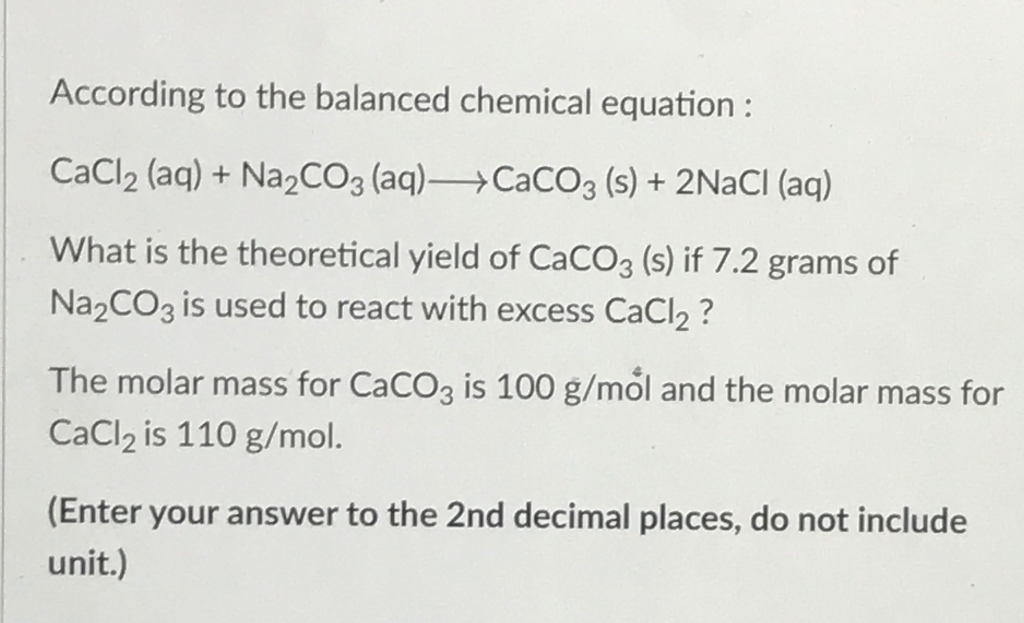

The collective number of atoms of each element equals on both sides in a balanced equation. A fractional coefficient of 15/2 adjusts the oxygen atoms.įractional coefficients are converted to whole numbers by multiplying the complete equation by the denominator. The inclusion of coefficients seven and three before the formulas for carbon dioxide and water balances the carbon and hydrogen atoms. The atoms are balanced next by first adjusting those within the compounds, followed by the atoms of free elements. General guidelines help illustrate and adjust a chemical equation efficiently.įor example, the combustion of liquid benzoic acid, forming gaseous carbon dioxide and water is represented initially using a skeletal chemical equation. It is important to only change the numerical coefficients and not numerical subscripts that define the identity of a compound while balancing any chemical equation. Therefore, the cumulative number of atoms of each element will match in both the reactants and products.Ĭhemical equations are balanced using numerical coefficients to reflect the actual number of atoms involved in the reaction.

The different states of matter are depicted using parenthesized abbreviations.Ī chemical reaction observes the law of conservation of mass, where the total masses of all participating elements are conserved.

The substances formed during the reaction are called products and are indicated on the right side of the equation.Īn arrow separating the reactants and products shows the direction of the reaction. Reactants are specified on the left side of the equation. The substances present at the start of a reaction and consumed during the process are called reactants. A reaction is conventionally represented using a chemical equation, which utilizes chemical formulas to represent atoms, molecules, or compounds involved. Chemical reactions involve chemical transformations of one or more substances into different materials.


 0 kommentar(er)
0 kommentar(er)
